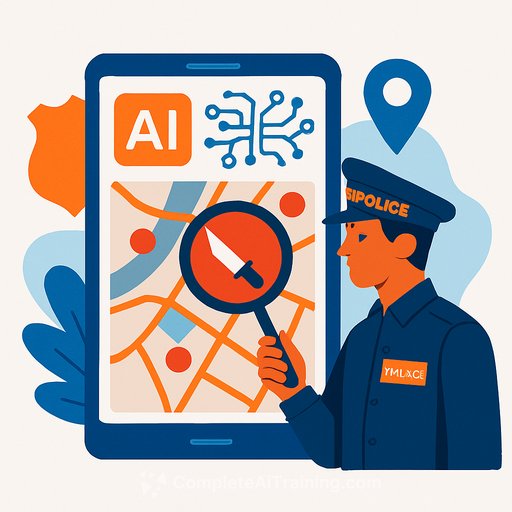Government to Deploy AI-Driven Interactive Maps to Predict Knife Crime
The government has launched a new initiative to use artificial intelligence and data integration for predicting and preventing violent crime across England and Wales within the next five years. This project, called the Concentrations of Crime Data Challenge, aims to develop a real-time, interactive crime map that will assist police forces in anticipating violent incidents, particularly knife crime.
The digital platform will combine data from police, local councils, and social services. It will analyze criminal records, past incident locations, and behavioral patterns of known offenders. By interpreting this information, law enforcement will be able to identify high-risk areas and detect early signs of anti-social behavior before it escalates.
How the System Will Work
- Use AI to merge and analyze diverse data sets from various authorities.
- Provide a detailed, real-time interactive map highlighting crime concentrations.
- Enable targeted deployment of police and community resources to prevent crime.
The project is led by UK Research and Innovation (UKRI) with an initial £4 million funding to develop prototypes over the next six months. The government expects the system to be operational and adopted by police forces across England and Wales by 2030.
Official Statements
Dame Diana Johnson, Minister for Policing and Crime Prevention, emphasized the need for modern tools to keep pace with evolving criminal networks. She highlighted the new crime map as a critical addition to existing initiatives like live facial recognition vans, all part of the government’s broader Plan for Change to invest in AI and technology for crime prevention.
Technology Secretary Peter Kyle pointed out that AI can improve public safety by enabling police to act proactively rather than reactively. He stressed that research and development will deliver essential tools to help officers stay ahead of threats and protect communities more effectively.
Context and Past Efforts
This approach builds on previous government and police experiments with predictive analytics aimed at reducing violent crime. For example, the National Data Analytics Solution (NDAS) project led by West Midlands Police focused on a public-health approach to crime prevention rather than enforcement-heavy tactics.
Unlike earlier projects that avoided predictive policing for enforcement, the current government communicates a more direct stance on stopping offenders before crimes occur. However, the core idea remains to use data-driven insights to guide prevention efforts and resource allocation.
For professionals in government roles working at the intersection of technology, policing, and community safety, this initiative highlights the increasing role of AI in public order strategies. Understanding the capabilities and limitations of such systems will be key to effective implementation.
To explore AI applications relevant to public sector roles, consider visiting Complete AI Training - Courses by Job for practical learning resources.
Your membership also unlocks:






